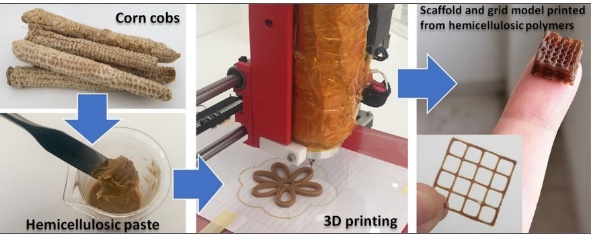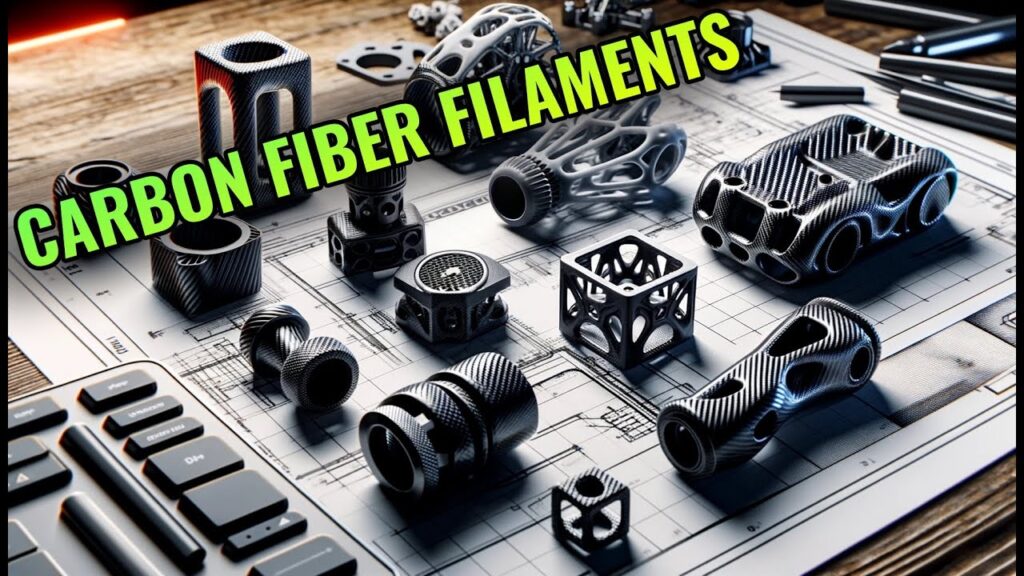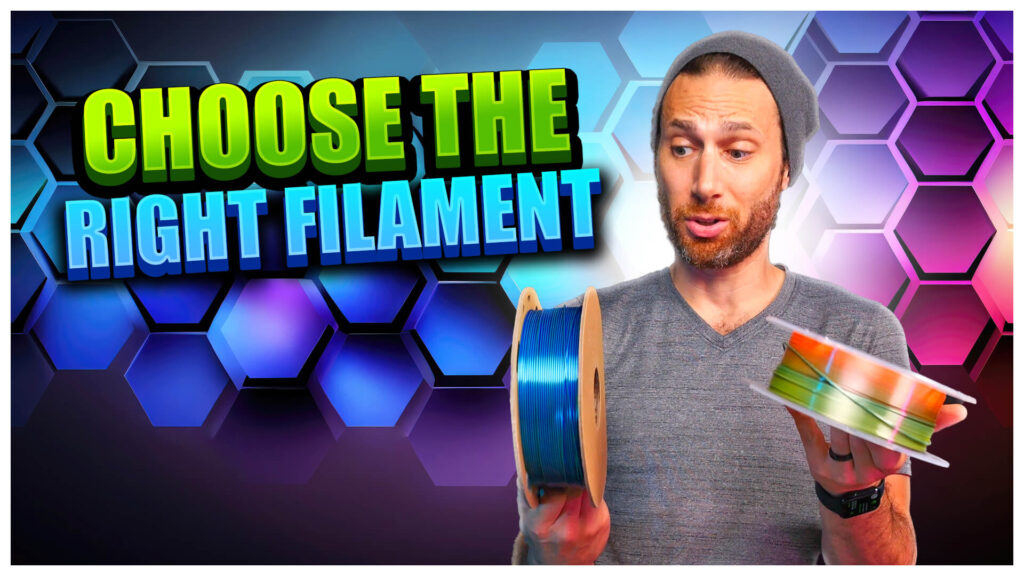There are many kinds of 3D printing materials on the market, and each 3D printing material has different characteristics.
At present, there are more than 200 kinds of 3D printing materials, which usually have extremely high requirements for heat resistance, flexibility, stability, and sensitivity and are specially developed for 3D printing equipment and processes.
In this article, I will introduce the characteristics of each one of the most well-known 3D printing materials.
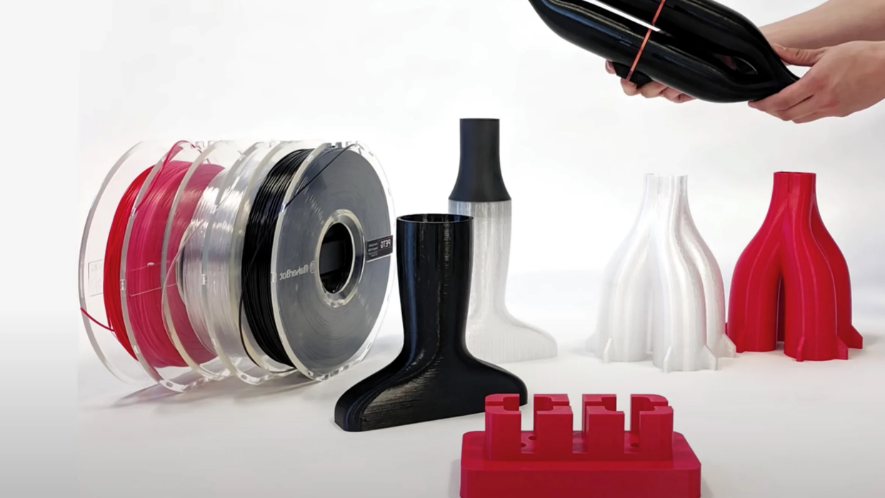
What Materials Does 3D Printers Use?
Below you’d find a list of the top 3D printing materials, ranked by how common they are:
PLA (Polylactic Acid)
PLA is made of corn-based (biodegradable) materials and is one of the most widely used 3D printing materials.
The objects printed with PLA are glossy, and their shrinkage rate is lower than other printing materials.
PLA itself has a large number of color options, and it is divided into 1.75mm and 2.85mm.
Price Range: average of $10-$75 per kg

ABS (Acrylonitrile Butadiene Styrene)
ABS and PLA 3D printing materials are often used as plastic 3D printing materials.
Objects printed with ABS are relatively matte. ABS is also quite substantial and has strong toughness, so it will bend without being brittle even under a certain pressure.
Therefore, ABS is more suitable for printing functional or mechanical parts such as gears and items with Interlock. ABS is divided into 1.75mm and 2.85mm.
Price Range: average of $15-$100 per kg
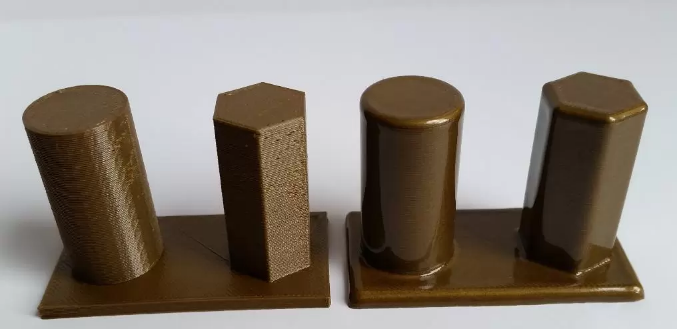
PVA water-soluble support material (Polyvinyl alcohol)
Some 3D models need support materials to be successfully printed, such as those with overhanging parts.
Because the suspended parts cannot be 3D printed, at this time, it needs to be supported by supporting materials for printing.
This water-soluble support material can dissolve in water. PVA is also divided into 1.75mm and 2.85mm.
Price Range: average of $15-$140 per kg
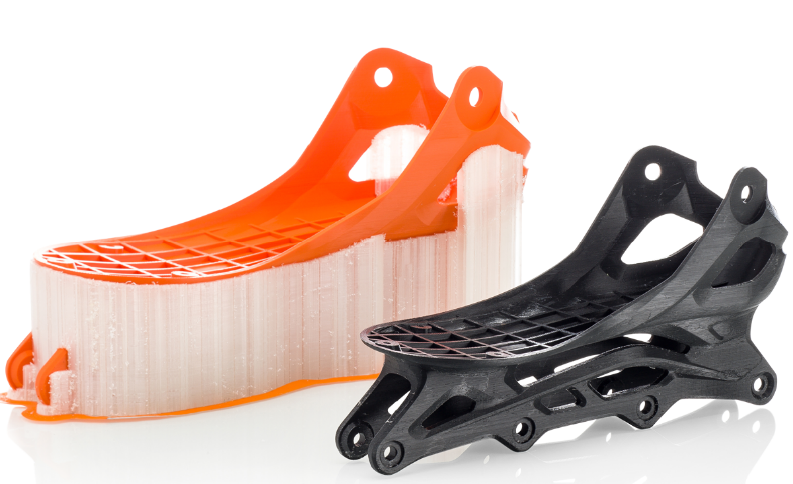
Imitation wood
Imitation wood is a PLA 3D printing material mixed with a certain proportion of wood powder.
Due to the mixing of wood powder, the texture and color of the imitation wood 3D printing material are similar to wood.
Therefore, It is very suitable for making 3D imitation wood effects. The imitation wood is divided into 1.75mm and 2.85mm.
Price Range: average of $15-$100 per kg
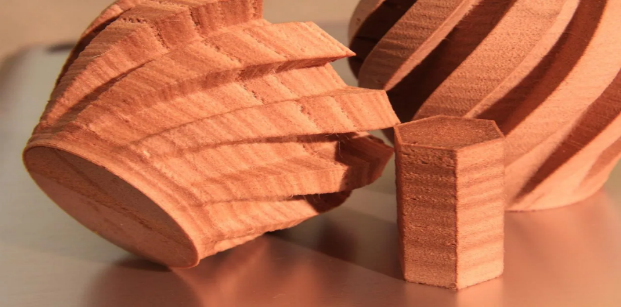
PETG (PET, copolyester)
PET (Polyethylene Terephthalate) is a plastic with which everyone is familiar with. The commonly used glue bottles are made of PET.
PETG is the addition of Glycol to PET to make it more transparent and tough.
Objects printed with PETG are more durable, heat-resistant, free of harmful substances, and will not smell bad when printed.
Its characteristics are in the middle of PLA and ABS 3D printing materials. PETG is divided into 1.75mm and 2.85mm.
Price Range: average of $15-$120 per kg

Elastic material
3D-printed elastic material usually feel like rubber.
3D printing elastic materials can be used to make bendable or necessary parts such as watch straps, springs, mobile phone cases, etc.
This 3D printer material prints 3D-printed parts with soft rubber properties. 3D printing elastic materials are divided into 1.75mm and 2.85mm.
Price Range: average of $20-$175 per kg
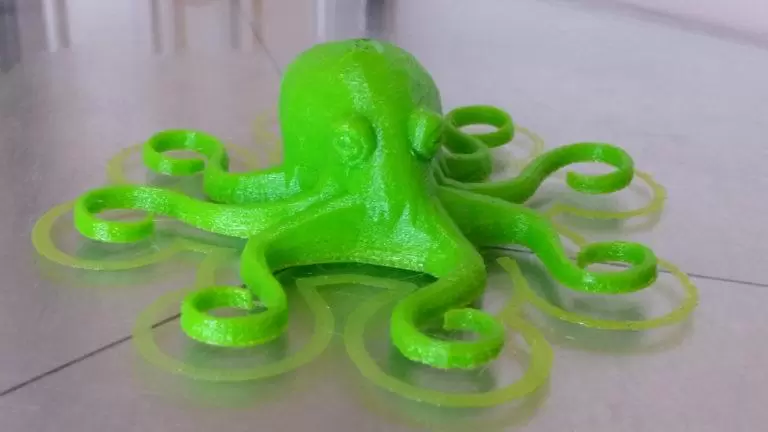
Metallic 3D printing materials
Imitation metal 3D printing materials include copper, bronze, aluminum, and so on.
They are made by adding a considerable proportion of metal powder to PLA 3D printing materials.
The metal content in each brand of 3D printing material is different. Since these wires contain metal, they heat up faster and more efficiently.
Price Range: average of $35-$290 per kg
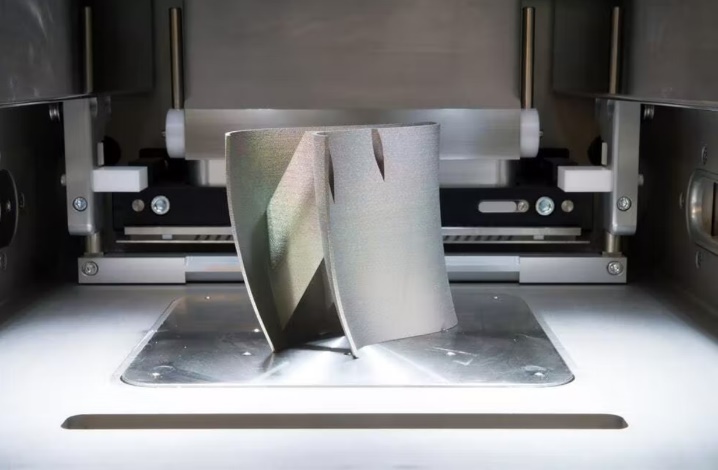
Photosensitive Resin
Due to their fast curing speed, the surface-drying performance of the photosensitive resin is excellent, and the product’s appearance after molding is smooth, which can be transparent to translucent and frosted. There are currently three main categories:
Oligomers:
Low-molecular-weight polymers containing unsaturated bonds.
There are many types, and various acrylic resins are the most common.
Oligomers are the most basic materials in photocurable materials, which determine photosensitive resins’ physical and chemical properties, such as viscosity, hardness, and elongation at break.
Reactive diluent:
It is a small molecule solvent containing double bonds.
The reactive diluent adjusts the viscosity of the system, reduces the viscosity of the oligomer, and prevents the nozzle from being clogged due to excessive viscosity.
The reactive diluent also participates in the photocuring reaction, which affects the kinetics of the polymerization reaction, the degree of polymerization, and the physical properties of the cured product.
Photoinitiator:
The most critical component determines the quality of the photocuring material and the speed of the photocuring reaction.
It can be divided into ultraviolet initiators and visible light initiators according to the energy of initiating radiation.
Because UV photoinitiators have the advantage of storage stability, the photoinitiators used in the 3D printing market are all UV photoinitiators.
Price Range: average of $40-$250 per kg
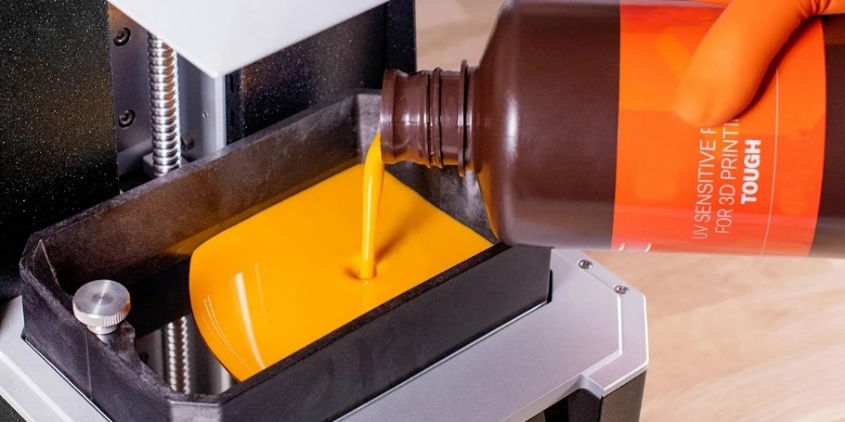
Ceramic material
Aluminosilicate ceramic powders can be used for 3D printing ceramic products, generally in powder form, commonly used in selective laser sintering (SLS) printers.
Ceramic powder for 3D printing is a mixture of ceramic powder and a certain binder powder.
Price Range: average of $50-$300 per kg
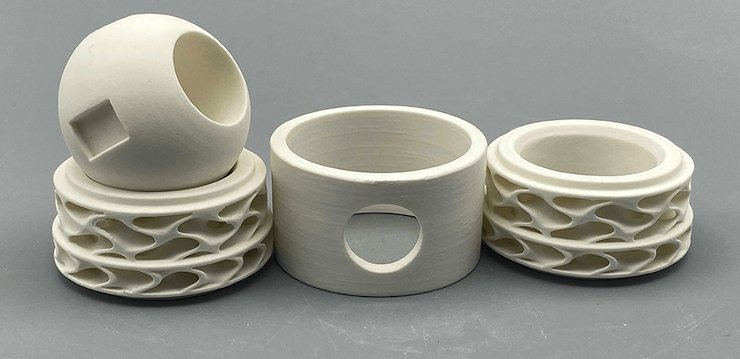
Ceramic 3D printed parts (Source: 3dfortify)
Biopolymer materials
Bio-3D printing materials mainly include scaffold materials and direct cell printing materials.
Those 3D printing materials need to meet the: good biocompatibility, which is non-toxic to cells and the body; good biodegradation characteristics.
Most of those materials are divided into the following categories: PLA, PETG, and PCL.
Hemicellulosic Biopolymers 3D printing (Source: ACS publication)
Other 3D printing materials
Carbon fiber is an emerging 3D printing material, five times stronger than steel and only 1/3 of its weight.
Also, it has the advantages of high-temperature resistance and corrosion resistance.
Conductive printing materials are a type of thermoplastic material used to manufacture 3D printed products with electronic or mechanical functions, such as circuit boards, flashlights, and wearable lighting equipment.
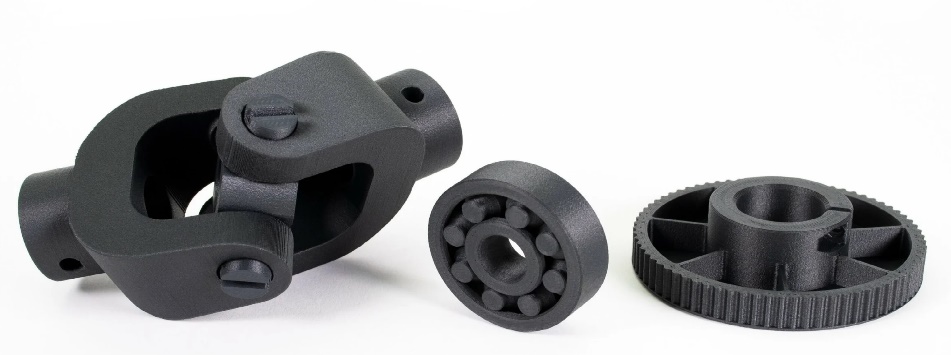
Conclusion
If you have read the article all the way to the end, you should know more about 3D printing materials!
We also believe that with the continuous development and innovation of new material technologies, there will be more and better practical 3D printing materials in the future.

